The EU dairy industry is the largest in the world, with around 20 million dairy cows producing high-quality milk every day. A key part of running a successful dairy farm is making sure that feed is stored efficiently to reduce waste, save money, and support sustainable farming.
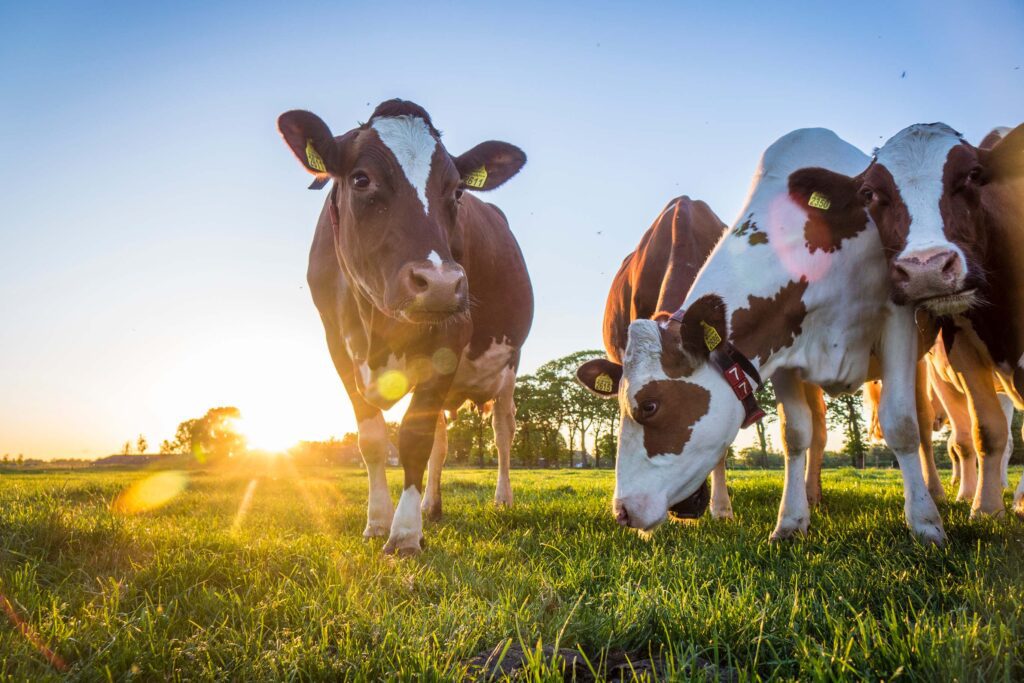
Why Feed Storage Matters
Studies show that poor silage storage can lead to 15% feed loss, while improved storage solutions like baled silage, can reduce losses to 5% or less. This doesn’t just mean wasted feed—it also means higher costs and unnecessary emissions.
For example, in the Dutch dairy industry, which has around 1.6 million dairy cows, improving feed storage could reduce emissions by 300,000 tonnes of CO2-equivalents per year. Now, if these improvements were made across all 20 million dairy cows in the EU, we could potentially cut 3.7 million tonnes of CO2-equivalent emissions annually—all while making better use of the feed we already have.
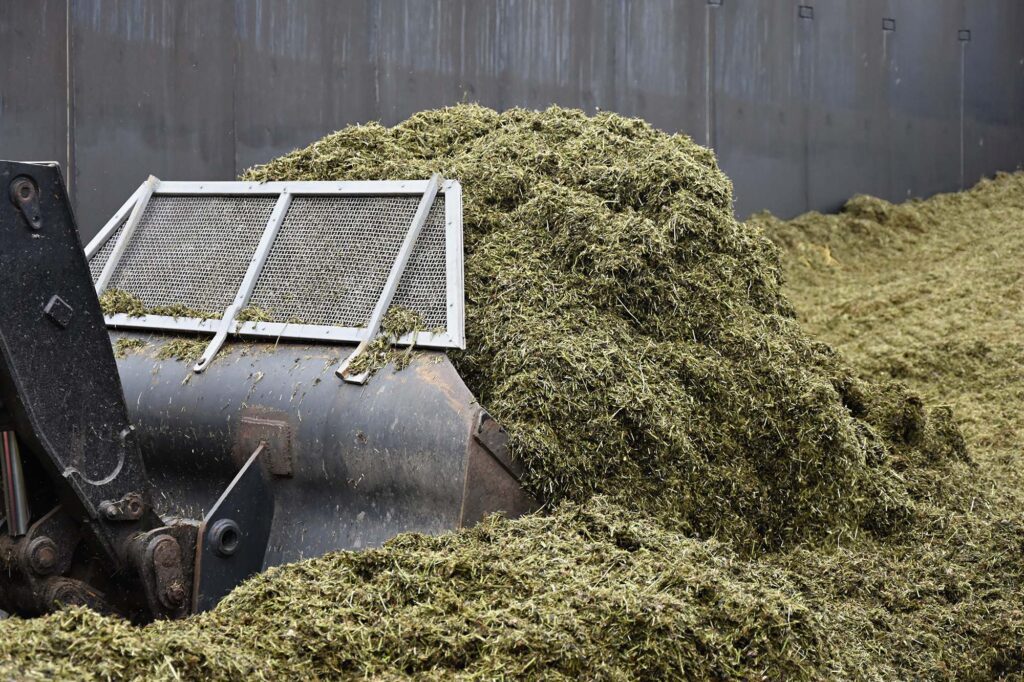
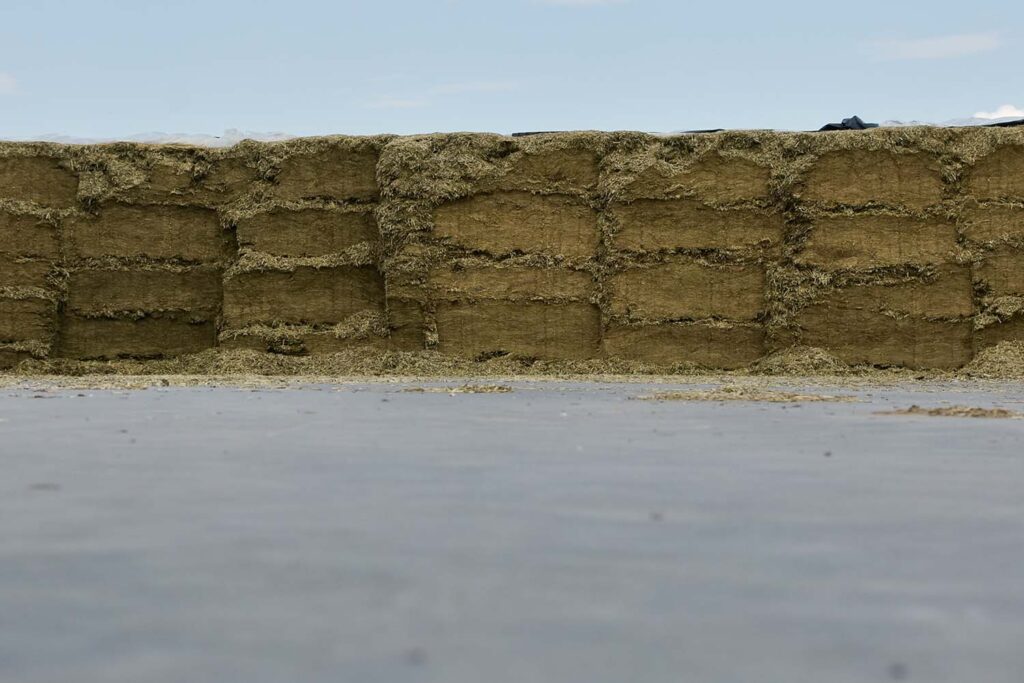
What Affects Feed Storage Efficiency?
1. Grazing vs. Stored Feed
- In some countries, like Ireland, cows graze most of the year, meaning less reliance on stored silage.
- In other regions, like Denmark, cows are mainly fed stored feed, making efficient storage even more important.
2. Different Storage Methods
- Many farmers rely on silos, even though research suggests that high-density round bales do a better job at preventing spoilage.
- In warmer climates, spoilage risks are higher, making proper storage even more critical.
3. The Potential Beyond Dairy
- It’s not just dairy cows that rely on stored forage—beef cattle, sheep, and goats also consume large amounts of silage.
- If better storage methods were used across all 120 million livestock animals in the EU, the impact would be even greater.
A Practical Solution: Baling!
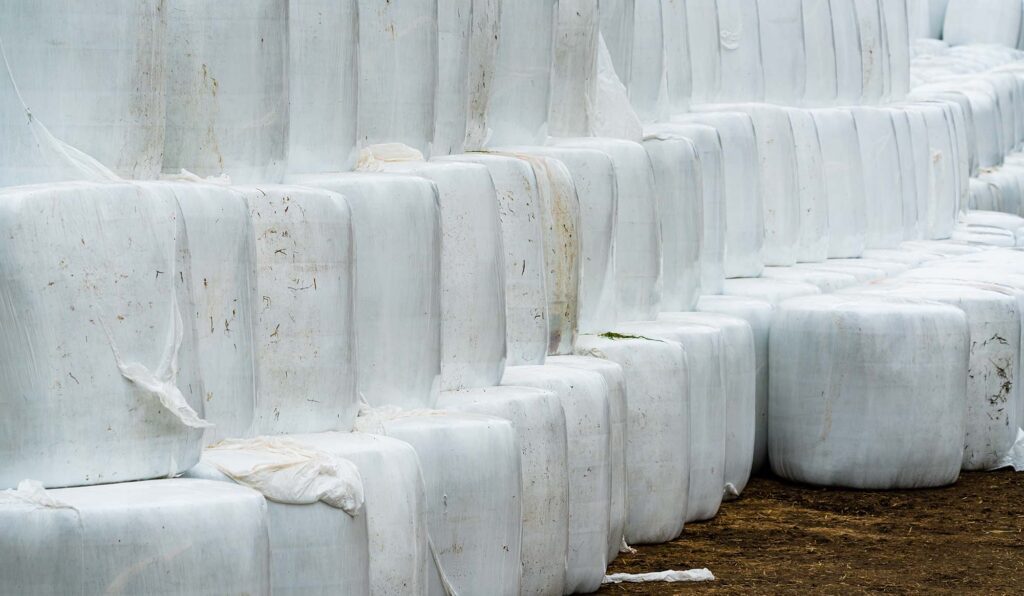
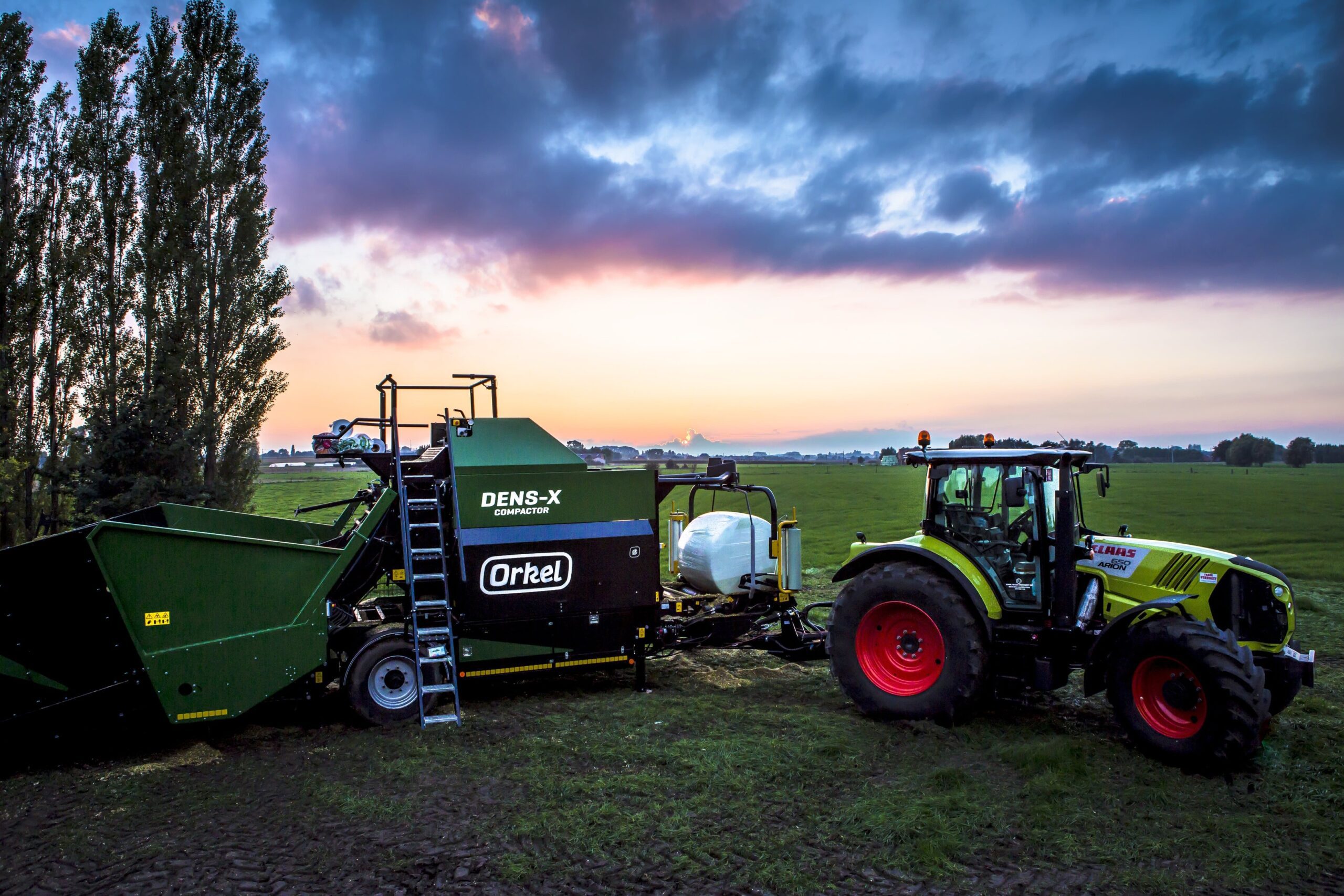
By improving feed storage, farmers can reduce waste, cut costs, and ensure high-quality feed for their animals. Orkel compactors provide a reliable and efficient way to bale different types of forage, including chopped grass, maize, alfalfa, and beet pulp.
Are you curious about baling?
Let’s talk! Our team is ready to discuss how baling can be implemented into your operation. Contact us through the form below!
Contact Orkel
Enter your details below and we will get in touch with you!